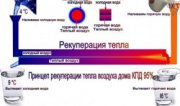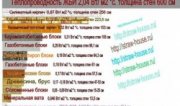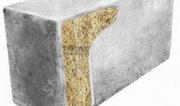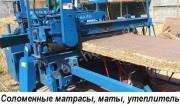
Construction Of Cheap Houses
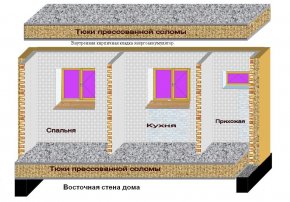 We're offering a sketch project for an autonomous, energy-dependent home with a regenerative heating system and accumulation of solar heat, a low-cost thermal insulation house, with a few thermal storages.
We're offering a sketch project for an autonomous, energy-dependent home with a regenerative heating system and accumulation of solar heat, a low-cost thermal insulation house, with a few thermal storages.
It can be noted that there are many people in our homes that need a lot of energy for heating.
Contemporary housing is unhealthy, round plastic, and the air is saturated by chemical evaporation. In modern housing construction, materials containing washing, phenol, formaldehyd are vigorously used, which negatively affects the health of future generations at the genetic level, but no one cares.
According to financial corporations ' plans, there must be a billion golden people on the ground, the rest must go to a different world, and all resources will not be sufficient, with such predatory policy of resource use for humankind.
Of course, the house should be warm, light, economical, but what way to achieve it, under the right architecture, at the same time be comfortable for life, with minimal environmental impact, economize Earth resources, build natural, local materials.
Local materials are cheaper for housing construction, rather than artificial and ecological, depending on the country, it's wood, limestone, straw and glyna, and peat.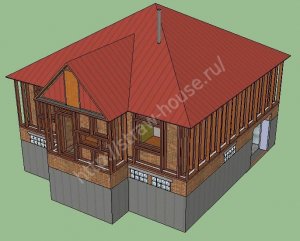 There is a focus on renewable energy sources that do not harm nature and health, sun, wind, low potential heat.
There is a focus on renewable energy sources that do not harm nature and health, sun, wind, low potential heat.
If it's from the straw, you can't have the straw on the field for a month in the rain. Only dry salt should be collected and pressed, it would be desirable to produce such blocks on the basis of consumption everywhere.
In design, apply autonomous heating systems♪ ♪ ♪
is about 1, 5 kJ/(kg* °C) = 0, 3 kcal/(kg °C), but remember, the mixture is lighter than the heavy concrete and the heavy porous.
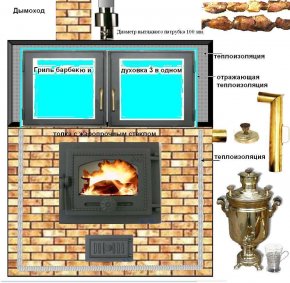 The thermal capacity of the heavy concrete 0, 2 kcal/(kg °C) *1000 kg = 200 wt * 20 °C = 4 Kwt/h or *2, 3 = 20 m long, 5 m wide 0, 25 m = 12, 5 m3 * 9, 2 Kw/h = 115 Kw/h at 20 °C, 172
The thermal capacity of the heavy concrete 0, 2 kcal/(kg °C) *1000 kg = 200 wt * 20 °C = 4 Kwt/h or *2, 3 = 20 m long, 5 m wide 0, 25 m = 12, 5 m3 * 9, 2 Kw/h = 115 Kw/h at 20 °C, 172
If the concrete heat intensity is 1,000 J/kg K.
This means that 1,000 J is required to heat a concrete mass of 1 kg per K.
The concrete heat capacity is 620 kcal/m3 per degree, calculated the storage capacity of the basement.
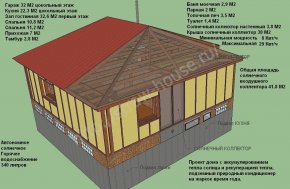 A wall of 20 m high 2, 5 m wide 0, 25 m = 12, 5 m3 *30 °C = 620 kcal/m3 * 12, 5 m3 *30 °C = 232500 kcal or /860 kcal = 270 kW/h thermal energy.
A wall of 20 m high 2, 5 m wide 0, 25 m = 12, 5 m3 *30 °C = 620 kcal/m3 * 12, 5 m3 *30 °C = 232500 kcal or /860 kcal = 270 kW/h thermal energy.
The basement of the building is the inner side 26, 7 +19, 6+ 54 =100, 3 *2, 5 * 0, 15 = 31 m3 + floor of the basement 15 m3 = 46 m3 * 620 kcal/m3 °C = 28500 *5 °C = 142600 kcal or 165 ITC/h.
How cheap to build a vein if it's from a gasoline or a fountain, it takes good thermal insulation, without gasoline warming, or a foam is money for the wind, from low strength and watering the moisture through time, the outer wall will break, cracks. Drinking the moisture when the wall breathes, it's condensed and frozen in the freezer, thereby increasing the capillars and porridges in the gasoline walls, or the penobetone, we don't have Africa, and Ural and Siberia, where the wall warms up to + 20 in the day, and then we'll get 20 in the night.
You can watch the winter yourself, especially the south side, warm up in the sun during the day, and at night, there will be no wall in a few years without careful thermal insulation and hydrophobization.
If the outer layer is a brick walland the inside of the gasoline, or the foam, then the devastation of the gasoline, the foam won't be, but it won't.
